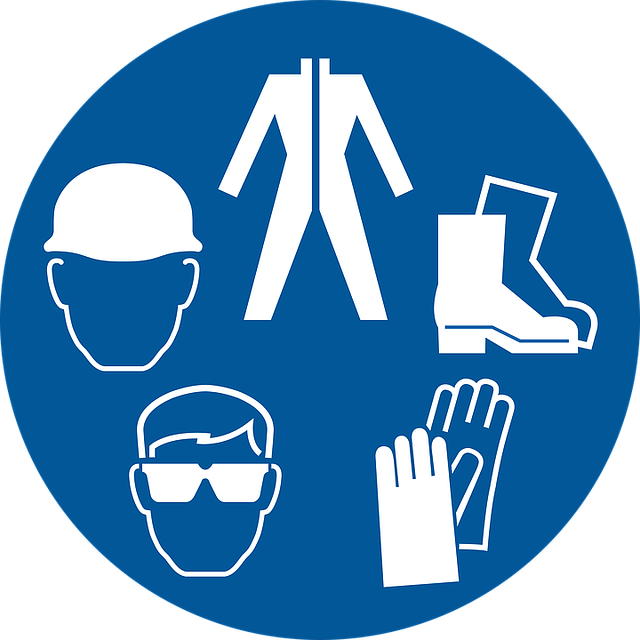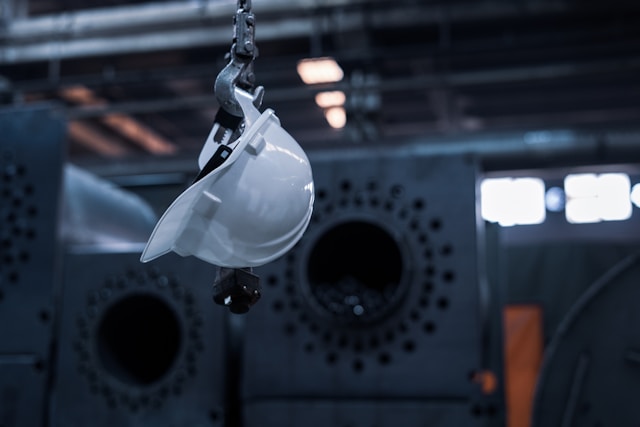Workplace Safety: 10 Ways You Can Protect Yourself from Occupational Injuries

Occupational injuries happen often; in the U.S., over two million workers incur these injuries every year.
Some of these injuries will cost the worker their job and source of livelihood when severe.
They are also costly to the business as it incurs medical costs for the worker, and most of the time, it has to hire new employees and train them.
While it is a legal responsibility for the employer to ensure workplace safety, workers should also protect themselves in the following ways:
1. Participate in Emergency Drills
Emergency drills are essential for your safety when at work. They help you understand what you should do in times of emergency without uncertainty and confusion.
Everyone, from the employer, and expert technicians to the lowliest maintenance employee, is responsible for their workplace safety.
Ensure you participate in these emergency drills so that when there is a fire you should move to the closest fire exit in an orderly manner. Safety meetings have the potential to save your life, so attend all of them and take notes if possible.
You also need to be thorough when it comes to safety equipment maintenance, which includes regular fire extinguisher inspections. It’s a good idea to use InspectNTrack’s software to keep track of everything.
2. Dress Appropriately
Wearing the right kind of clothing for your job may seem insignificant but it contributes greatly to your safety.
Particularly in jobs where there are high risks of incurring occupational injuries through accidents, ensure you dress appropriately. If your workplace has a dress code, it most likely is for everyone’s safety to minimize injuries.
It is especially necessary for environments where you require safety goggles, special boots, personal protective garments, and hard hats.
3. Stay Alert
Preventing an accident occurs is the best way to keep yourself safe from injuries at work; this requires you to be alert.
Always be on the lookout for unsafe conditions such as wet floors that can cause slips and falls or objects that could fall on and cause an accident.
It’s important to remember that emergency preparedness in the workplace only works if everyone stays alert to potential hazards. Risk increases when people make errors of judgment, so it’s vital that all members of staff are vigilant and on the lookout for danger.
4. Observe Signposts
Signposts in the workplace always have crucial information that could prevent occupational injuries.
They could contain safety guidelines, instructions, or warnings regarding a particular work environment. As an employer, it is necessary to place signposts where they can be seen and make the information visible.
Where there is a lack of one, as an employee, ensure you report it immediately. Your initiative has the potential to save a worker from an accident and prevent the business from filing for its injury claim.
5. Familiarize yourself with Relevant Workplace Guidelines and Policies
Every workplace has policies and guidelines that are meant to ensure their safety. It is your responsibility to familiarize yourself with them whenever you start on a particular job after recruitment.
For example in the hospital, they have a Workplace Health and Safety policy that outlines their approach to safety and health. Policies in your workplace gain support from different state legislations.
Familiarizing yourself with these policies will also help you know when to file for workers comp without prejudice if you incur an occupational injury. Attend safety programs as well to learn more about safety guidelines.
6. Avoid Common Distractions
In many instances, accidents result from common distractions by employees. Some of these include using your phone when working or going down the stairs, talking to colleagues, checking the time on your watch, reading, or carrying loads that obstruct your vision.
Such distractions, coupled with being in a rush when moving around, will prevent you from noticing necessary signposts.
Consequently, accidents such as slips and falls will occur, and you will be unable to conduct procedures in the proper method.
7. Avoid Shortcuts
When you’re working with a tight deadline, shortcuts can be the ideal option. However, they can lead to serious safety hazards and occupational injuries, especially during construction.
You are not only exposing yourself to danger but also other workers and those who will come into that building once it’s done. When it comes to repairs, using poor-quality materials, or hiring cheap, unqualified labor can cause serious harm in the long run.
Your and your workers’ health is more vital in comparison to missing a tight deadline. Ensure your employees follow the proper safety procedures, instructions, and guidelines.
8. Get Training
An employee who lacks proper training is a danger to you, third parties, and themselves. Ensure your workplace provides thorough training to all new employees, even if they have the experience because every work environment is different.
Apart from the first training, offer regular retraining programs to keep employees up-to-date with procedures and policies. As an employee, you have to attend these training sessions, ask questions, and note down necessary points.
9. Conduct Regular Inspections, Repairs, and Replacements
In workplaces where there is the use of dangerous equipment, for example, shipping, construction, repair, and manufacturing, conduct regular inspections, repairs, and replacements.
Regular inspection of every employee’s tool, machinery, and equipment from the least to the most frequently used helps to eliminate the inevitability of occupational injuries.
Whenever machines malfunction or equipment breaks, replace or repair them immediately. Saving money on repairs or replacements can cost an employee’s health and millions of dollars for your company in legal fees.
10. Offer other Kinds of Employee Support
Work environment, materials, and tasks are not the only possible factors that result in occupational injuries. Sometimes, mental or physical condition, education, and experience may factor in.
A worker who is experiencing problems at home is overworked, sleep-deprived, or tired will have difficulty focusing on the task at hand. Their productivity reduces, and this can also result in some of the worst accidents.
Offer employee support in terms of mental and physical resources, and include a benefits plan that alleviates these problems, for example, paid leaves.
Many employees in any workplace will be so-called ‘digital natives’’, says David Rowland, the head of marketing EcoOnline. ‘Therefore, your workplace strategies should reflect this’.
As such, health and safety software could be the ideal choice for administering your health and safety needs, as it will resonate more with a large number of your employees.
Bottom Line
It may be impossible to prevent all occupational injuries, but some are avoidable. It is necessary to identify the causes of workplace accidents and know how to handle them effectively.
Some of the preventive measures include attending proper training, staying alert, dressing appropriately, observing signposts, and avoiding shortcuts and common distractions.
Employers can prevent workplace accidents by conducting regular inspections, replacements and repairs, and offering other kinds of employee support. This way, both employers and workers can enjoy job productivity, satisfaction, and good health.






